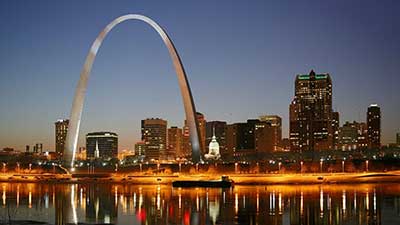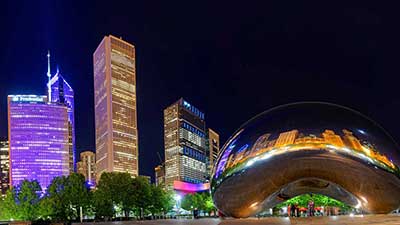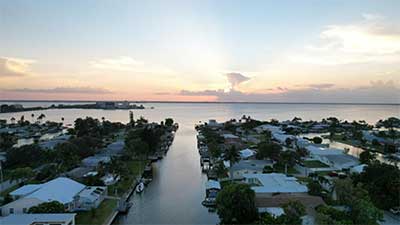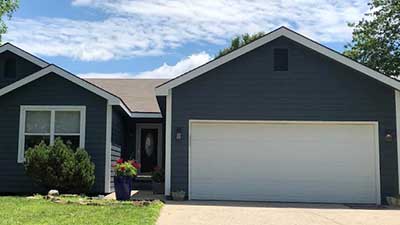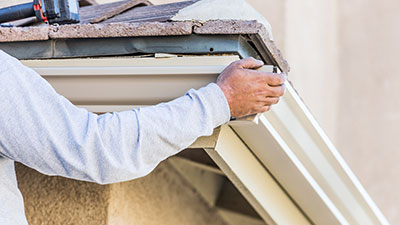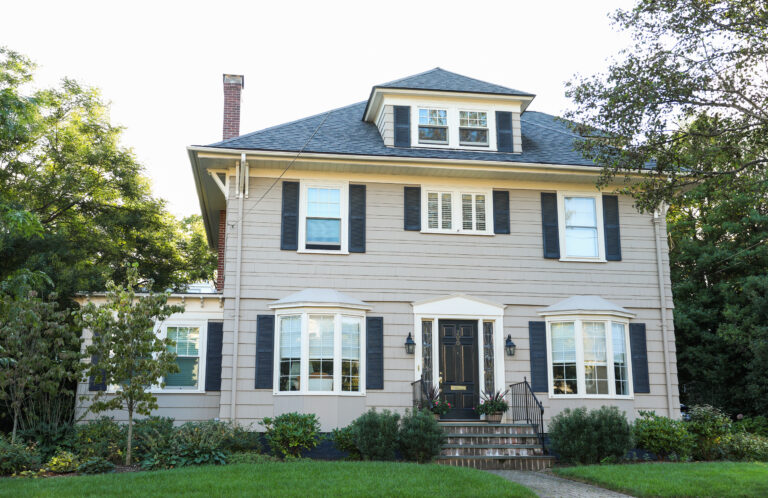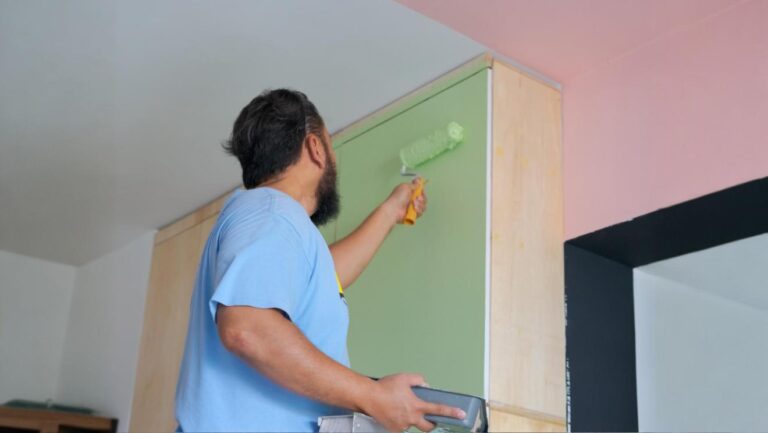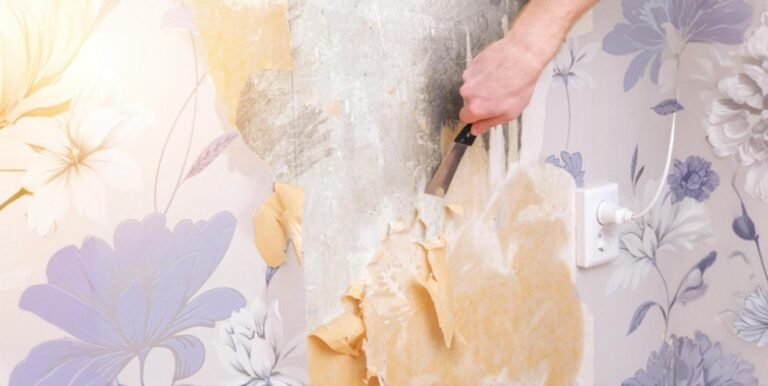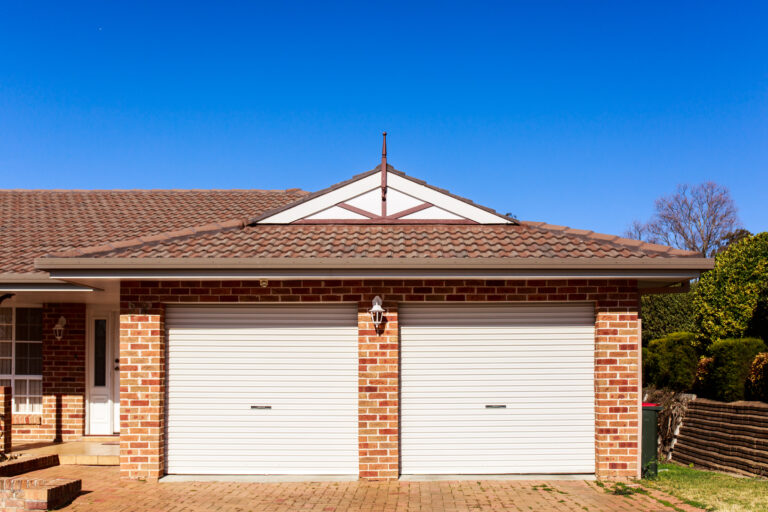Picture this: you’re driving up to your house after a long day, and instead of feeling proud of your home, you cringe at the grimy, stained siding staring back at you. We’ve all been there. That dingy exterior doesn’t just hurt your curb appeal – it’s actually damaging your home’s value and potentially shortening the life of your siding.
So how often should you power wash your house? Most homeowners think it’s either “whenever it looks dirty” or “never” – but the truth lies somewhere in between. The frequency depends on where you live, what your house is made of, and how Mother Nature treats your neighborhood. Getting this timing right protects your investment while keeping your home looking fresh.
Key Takeaways
- Most homeowners should power wash their house once per year, though coastal and urban areas may need pressure washing twice yearly due to environmental factors.
- High humidity climates require more frequent cleaning every 6-8 months to prevent mold and mildew from causing permanent damage to siding materials.
- The best time to pressure wash your home is during spring or fall when temperatures range from 40-75 degrees Fahrenheit for optimal results.
- Different siding materials require specific approaches – vinyl can handle moderate pressure while wood siding needs gentler treatment to preserve your paint job.
- Always power wash your home before applying a new coat of paint, scheduling the cleaning 1-2 weeks ahead to ensure proper surface preparation.
- For professional results and peace of mind, consider hiring experienced contractors like OnDemand Painters who use the best methods and proper equipment to safely wash your house.
How Often Should You Power Wash Your House?
Here’s the baseline most homeowners can follow: power wash your house once per year. This annual cleaning removes accumulated dirt, grime, and organic growth before they cause permanent damage. Think of it like getting your car washed – regular maintenance prevents bigger problems.
But life isn’t that simple, and neither is house washing. Your neighbor might get away with washing every other year, while you’re out there twice annually with your pressure washer. The difference comes down to several factors that hit some homes harder than others.
The key is honest assessment. Walk around your house every few months and really look at the siding. If you’re seeing green or black streaks, chalky residue, or just general dinginess, it’s time to fire up that pressure washer – regardless of what the calendar says.
Environmental Factors That Determine Power Wash Frequency
Your local environment works around the clock, constantly depositing dirt, debris, and contaminants on your house. Understanding these environmental factors helps you stay ahead of the game instead of playing catch-up.
Climate Conditions and Humidity Levels
High humidity areas are breeding grounds for organic growth. If you live somewhere that feels like a sauna from May through September, mold and mildew view your siding as prime real estate. These organisms don’t just look ugly – they actually feed on certain siding materials, causing permanent damage over time. Humid areas typically need pressure washing every six to eight months to prevent this biological invasion.
Coastal regions get hit with a one-two punch. The salt in ocean air is incredibly corrosive, settling into every nook and cranny of your home’s exterior. Combined with the typically higher humidity near large bodies of water, coastal homes face accelerated deterioration if not properly maintained. That’s why smart coastal homeowners power wash twice yearly and don’t skip sessions.
Dry Climate and Urban vs Rural Challenges
Dry climates present different challenges. Desert and semi-arid areas accumulate dust at impressive rates, especially during windy seasons. While you won’t see the mold and mildew problems of humid areas, that constant dust infiltration dulls your home’s appearance and can work its way into siding seams.
City living means dealing with air pollution that carries microscopic particles which gradually build up on surfaces. Car exhaust, industrial emissions, and general city grime create a constant coating process on your home’s exterior. Urban homes typically need pressure washing twice per year to stay ahead of this relentless accumulation.
Rural areas face different contaminants. Tree sap creates sticky spots that attract dirt and debris. Heavy pollen seasons coat everything in yellow dust that can stain if left too long. While the air is cleaner overall, these natural challenges still require annual power washing with spot cleaning as needed.
Pressure Washing Different Siding Materials
Not all siding is created equal, and your pressure washing approach needs to match your home’s exterior material. The best methods vary significantly depending on what covers your house.
Vinyl Siding – The Forgiving Choice
Vinyl siding handles power washing like a champ. Most homeowners can safely wash your house once per year using moderate pressure settings. Keep your pressure washing machine about 3 feet from the surface and use mild detergent for stubborn stains. Avoid applying more force than necessary, as high pressure water can crack vinyl or force water behind the siding.
Wood Siding – Handle with Care
Wood siding requires a gentler touch. The natural fibers can splinter or warp under high pressure, and you risk stripping away protective stains that preserve your paint job. Only power wash wood siding when you have visible dirt or mildew buildup, using the lowest pressure setting that gets the job done.
Composite Siding and Other Materials
Composite siding combines durability with easy maintenance. These engineered materials can typically handle pressure washing twice per year if environmental factors demand it. Use standard pressure settings and mild detergent to remove dirt effectively.
Brick can handle pressure washing, but the mortar joints are vulnerable. Use lower pressure settings to avoid damaging the mortar. Don’t forget about concrete surfaces like driveways, walkways, and patios when planning your power washing schedule. These areas can handle higher pressure settings and benefit from annual cleaning.
Best Time to Pressure Wash Your Home
Timing your power wash makes the difference between success and frustration. Weather conditions, temperature, and seasonal factors all affect your results.
Spring – The Prime Season
Spring offers ideal conditions with temperatures from 40-75 degrees Fahrenheit – perfect for both you and your power washer. After winter’s harsh conditions, your home’s exterior needs attention, and spring cleaning removes accumulated grime before warmer weather sets in. Late spring works especially well because pollen levels have usually settled down.
Fall and Other Seasonal Considerations
Fall pressure washing prepares your home for harsh winter weather ahead. Cool temperatures make the physical work comfortable, and you’re removing summer’s accumulation before it sets in during winter.
Summer provides warm, dry weather but high equipment demand drives up costs. Winter presents the worst conditions – freezing temperatures can damage your pressure washing machine and make the work unbearable.
When Bad Weather Calls for Extra Power Wash Sessions
Sometimes Mother Nature forces your hand, and you need to power wash outside your normal schedule. Bad weather can deposit debris, stains, and contaminants that require immediate attention to prevent permanent damage to your home’s exterior.
Severe storms bring wind-blown debris that gets ground into siding surfaces. If your home takes a particularly hard hit from weather, inspect it within a few days and plan emergency cleaning if needed.
Power Wash Your Home Before a New Coat of Paint
Planning exterior painting? Power washing is essential preparation that can make or break your paint job. Proper cleaning removes loose paint, dirt, and contaminants that prevent new paint from adhering correctly to surfaces.
Schedule your power wash 1-2 weeks before painting begins. Use this cleaning session to pressure your home’s exterior and inspect for problems that need fixing before painting. Loose boards, damaged caulking, and other issues are easier to spot on clean surfaces.
Signs Your House Needs Immediate Pressure Washing
Don’t wait for your scheduled cleaning if you notice warning signs. Green or black streaks indicate mold or mildew growth that can cause permanent damage to siding materials. Chalky white residue suggests paint deterioration that needs immediate attention before it affects your entire paint job.
Reduced curb appeal affects your property value and neighborhood standing. If your home looks noticeably dirtier than neighboring houses, it’s time to fire up the pressure washer regardless of your normal schedule.
Professional vs DIY Power Washing
Professional pressure washing services cost $150-$1,400 depending on your home’s size and complexity. DIY equipment rental is considerably cheaper, but factor in your time, safety risks, and potential for costly mistakes that could damage your siding or paint job.
Professionals bring experience, proper equipment, and insurance coverage. We know which pressure settings work for different materials and can spot potential problems before they become expensive repairs.
Conclusion
Most homeowners should power wash their house once per year, with adjustments based on environmental factors and siding materials. Regular maintenance protects your investment, maintains curb appeal, and prevents costly repairs down the road. The best methods for your situation depend on your local climate, siding type, and specific challenges your home faces.
Create a schedule that works for your specific situation. For comprehensive exterior maintenance including professional power washing and painting services, companies like OnDemand Painters can help you develop a complete care plan that keeps your home looking its best year-round.
Start planning your power wash schedule today – your home’s exterior will thank you for the attention, and your neighbors will notice the difference.
FAQs
How often should I schedule pressure washing for my home?
Most homeowners should pressure wash once annually, though homes in coastal or polluted areas may need cleaning twice per year.
What type of power washer should I use for different siding materials?
Choose a power washer with adjustable pressure settings – vinyl can handle moderate pressure while wood requires gentler settings.
Can I damage my home’s exterior with incorrect pressure washing techniques?
Yes, using too much pressure or wrong techniques can crack vinyl, strip paint, or force water behind siding causing expensive damage.
What’s the difference between professional and DIY pressure washing services?
Professional services cost $150-$1,400 but include experience, proper equipment, and insurance, while DIY requires equipment rental and carries safety risks.
When is the best season to power wash my house for optimal results?
Spring and fall offer ideal conditions with temperatures between 40-75 degrees, avoiding summer’s high equipment demand and winter’s freezing risks.
Should I power wash before painting my home’s exterior?
Always power wash 1-2 weeks before painting to remove dirt, loose paint, and contaminants that prevent proper paint adhesion.
